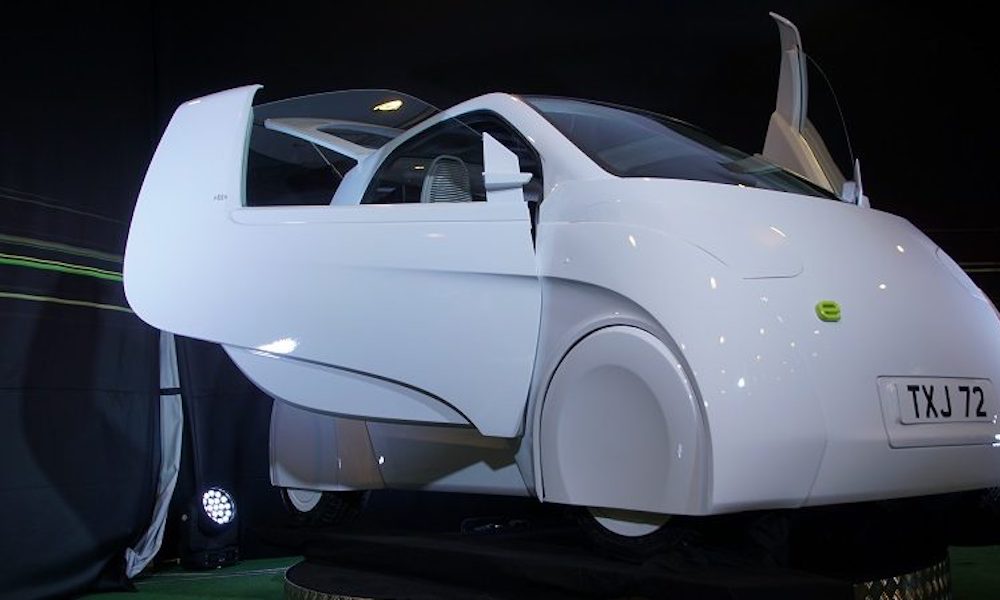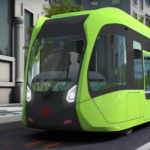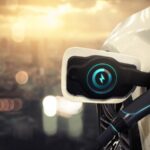The electric car was developed in Austria with a printable solar casing and is due to be launched on the market soon. Even more bizarre: behind the futuristic car is an economic consulting service.
Roman Haslauer is a man who doesn’t like to wait for things to happen. He’d rather take things into his own hands. For example, the 62-year-old business consultant and managing director of the business consulting company GFB from Pinzgau in the province of Salzburg, Austria has developed an electric car that can be 3D printed. His vision is called “enjoy” and is set to be launched on the market soon.
“In itself absurd…”
Haslauer doesn’t just come up with such an idea out of nowhere. For many in Austria, he has been regarded as a pioneer in the field of e-mobility. For example, he has set up a nationwide charging structure for electric and hybrid cars. The “Solar Route” is 600 kilometers long and has over 30 charging stations.
Now he has decided to go one step further and develop his own vehicle. It is absurd in itself that an economic consultant would build a vehicle, but with the current technologies it has become relatively simple. “The industry is far too slow and far too sluggish. It will only act when it comes under existential pressure, i. e. when the penalties become too great,” he said in an interview with Salzburg 24.
3D printing with solar lacquer: Car charges itself
Haslauer has worked together with 26 specialists on the implementation. In fact, enjoy is not only unconventional in technology and design, but also in the materials used. The four seats of the car are made of wood from the region and covered with deerskin.
Haslauer deliberately wanted to use materials that could be broken down quickly in nature. Under the motto “Simplify,” construction work was greatly reduced. enjoy has, according to GFB, only 1200 instead of the usual 6500 parts, thus 80% fewer parts. The prototype weighs 800 kilograms, and the battery adds another 150 kilograms.
While the internal parts have many sources, the outer shell comes entirely from the 3D printer. Haslauer would like to use a special solar lacquer for this purpose. The enjoy could generate electricity either while sitting or driving. How this should work in detail, however, still has to be worked out. Data on range, loading time and speed are also to date unknown.
However, one thing is already clear: enjoy has “invisible” wheels, something that the company has patented.
Only for sharing models
In addition, keys are required not for enjoy. The car will be opened and started by retinal scan and fingerprint. Up to 25 people can be registered for use of any one vehicle. All of this is “coming soon.” Up to 100 models are to be produced per year.
However, this also makes it clear that enjoy is not intended for private ownership. Only mobility providers will be able to have and use the vehicle. Haslauer also wants to reduce the number of cars and “force” consumers to use sharing models. Drivers should only be able to use and pay for the enjoy when they actually need it.










